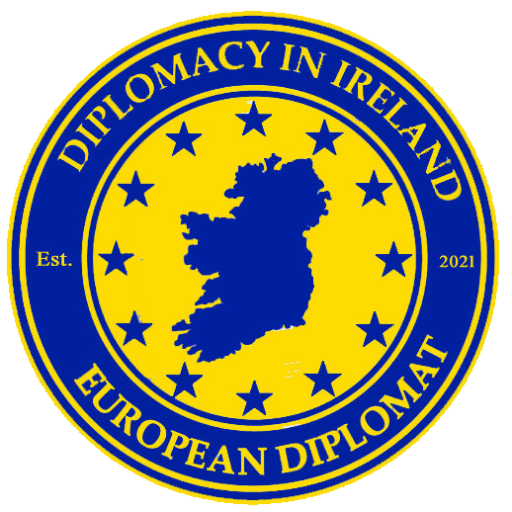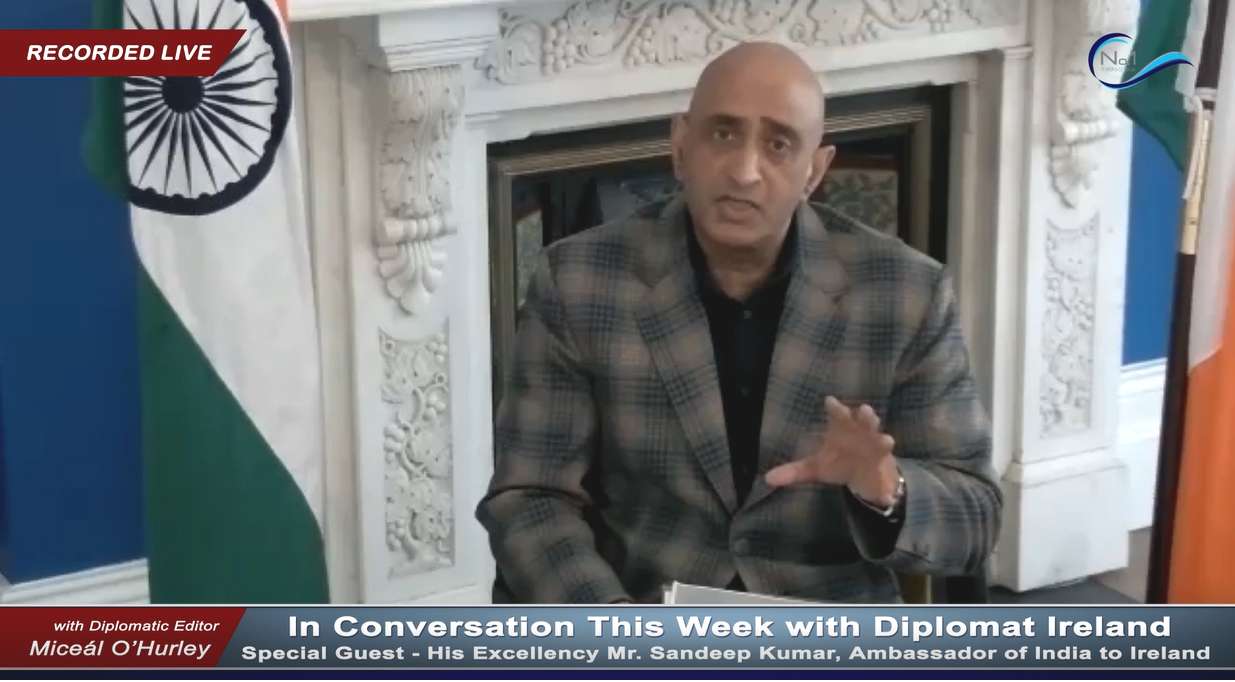by Miceál O’Hurley
TEHRAN — Iran’s agreement to assist Russia in its now 10-year long war on Ukraine by providing close range ballistic missiles (CRBMs) to assist the Kremlin is yet another example of Iran seeking to benefit from its assistance to Russia despite the relationship creating collateral headaches for Russia in its regional relations. According to recent announcements by both Iran and Russia, Iran has agreed to deliver CRBMs to Russia along with technical and military experts for training and maintenance in exchange for yet to be disclosed benefits to Iran. While confirmation that launching platforms have yet to be shipped there is general consensus that Russia may begin deploying the CRBMs within weeks.
Bilateral cooperation between Iran and Russia has flourished since Russia’s full-scale invasion of Ukraine in 2022. Iran has been able to make meaningful contributions to Russia’s war effort by providing their HESA Shahed 136 drones, also known by its Russian Geran-2 drone designation) and other UAV technology and expertise to assist with Russian battlefield tactical capacity. Strategically, Iran is also known to have been advising and assisting Russia in the art of sanctions avoidance schemes of which Iran has become masterful after decades of crushing sanctions.
At present, the level of cooperation between Iran and Russia spans from top-level political and military affairs to illicit cooperation such as sanctions avoidance as well as intelligence, weapons and technology acquisition efforts.
Following a Joint Military Cooperation Commission in the autumn of 2021, Iran and Russia declared their intention to increase bilateral defense cooperation. Shortly thereafter, in January 2022, Iranian President Ebrahim Raisi made an official visit to Moscow to discuss personally with Russian President Vladimir Putin the possibility of concluding a 20-year strategic plan for long-term (including defense) cooperation. Such high-level talks are generally indicative of the fruits substantial, protracted and detailed technical and diplomatic negotiations. National leaders generally only take part in such dialogue if there is near, if not total consensus for advancement. Raisi indicated during his Moscow visit that Iranian armed forces were predisposed to favour Russian weapons and military equipment.
Still, the bilateral relationship remains somewhat transactional and remains aloof of any real ideological alignment.
Russia has yet to deliver any of the weapons systems, including the S-35 fighter jets or S-400 air defense missiles Iran has publicly requested on multiple occasions. The reason for Russia’s reticence is obvious – Russia’s relationship with Iran could easily put them off-side with their many other occasional regional partners. Amongst these, the most sensitive remain Saudi Arabia and the United Arab Emirates. While foreign banks, including those from Türkiye, Austria and others that previously had a robust stake in handling Russian transactions through the UAE have been cutting their ties, the Emirates have resisted cutting-off Russia’s access to the international banking system. For their part, Saudi Arabia’s role in keeping oil prices at a steady but higher level is of incredible benefit to Russia. Keeping both the United Arab Emirates and Saudi Arabia on-side is a critical component of Russia’s regional diplomatic efforts and central to its economic viability.
Still, it remains in Russia’s interest to benefit from any boost Iran might be able to provide them during this period of pressing international sanctions. Still, must act scrupulously so as not to alienate their other partners who are staunchly ideologically opposed to Iran. Russia’s greatest fear may be acting to hastily to embrace Iran and thereby tip the balance of power and push regional partners with an interest in any regional stability promised by the Abraham Accords towards a position closer to the United States and Israel.
Russia must play their Iran card carefully. While Iran clearly wants access to Russian military systems, offensive and defensive, enhancing their conventional military capabilities may not be their most pressing objective. Iran has re-asserted itself very effectively by exploiting co-aligned goals, if not ideological objectives, to advance their stature in the region. By using proxy forces, Iran has achieved significant leverage and sway in the region with minimal outlay. It is a strategy that has served them well, even if it keeps the region in crisis. Iran’s more immediate needs and goals may be to exploits Russia’s fervor in keeping the United States and Western governments tied-up in continually simmering, regional security entanglements than acquiring brute-force weapons and defense systems.
Iran, no doubt, must be contemplating the likelihood that Russia may in the end fail to achieve its goals in Ukraine. Any eventual defeat of Russian forces, or a negotiated settlement that would free-up Western resources to focus on Iran and its cadre of proxy forces that keep the Middle East in a perpetual state of turmoil, may undermine Iran’s efforts to reassert itself as a world power and regional master. Balancing their interests with non-ideological partners like Russia may be ultimately prove to be of more benefit to Iran than Iran proves to be to Russia.
Russia’s necessity to rely on a partner like Iran betrays its own weaknesses, military, logistic, financial and diplomatic. For Iran? It’s unlikely Tehran could ever turn Russia into a client state, encouraging and supporting Russian aggression against Western interests ensures the focus remains off Iran and thereby the axiom, “An enemy of my enemy is my friend” may be their overarching objective in collaborating with Russia against Ukraine.
















































